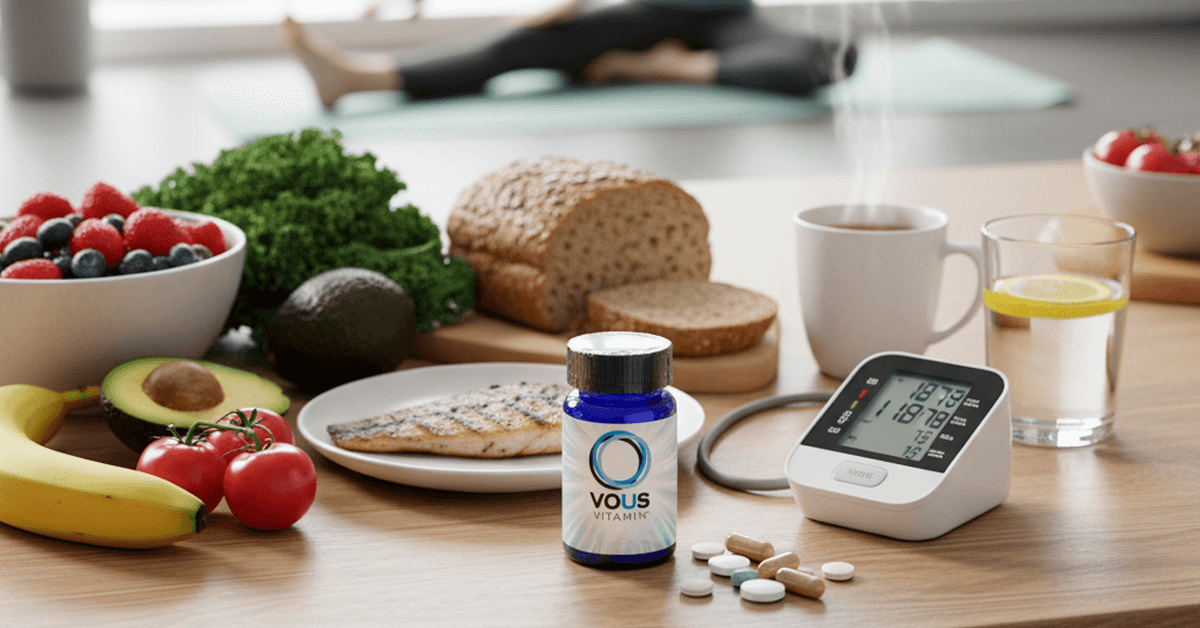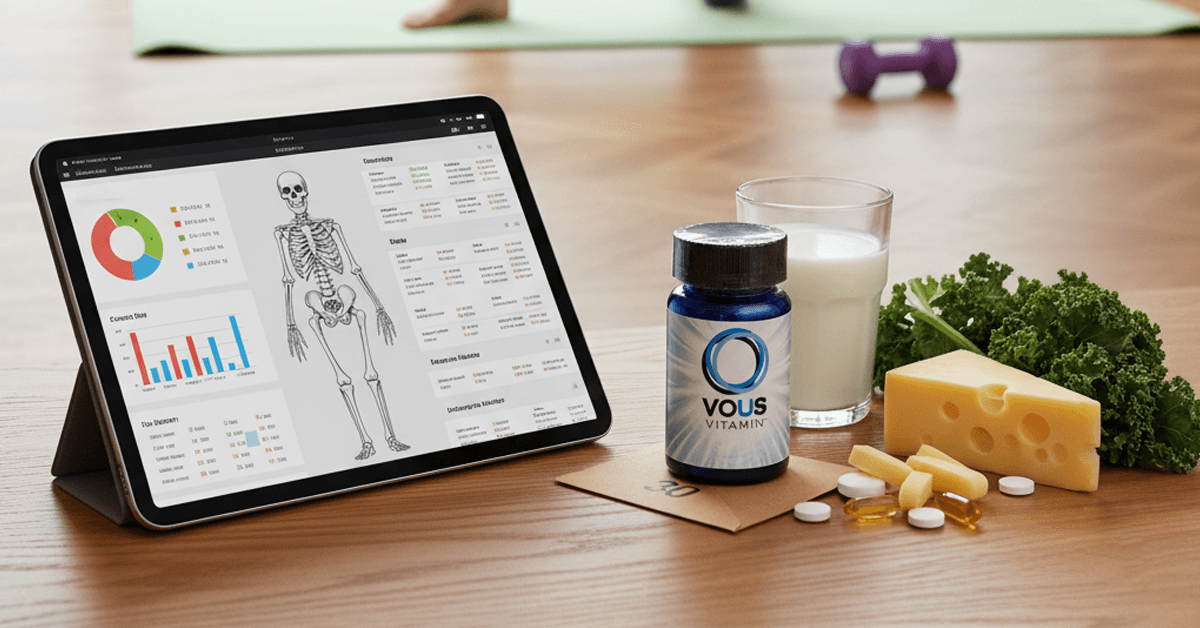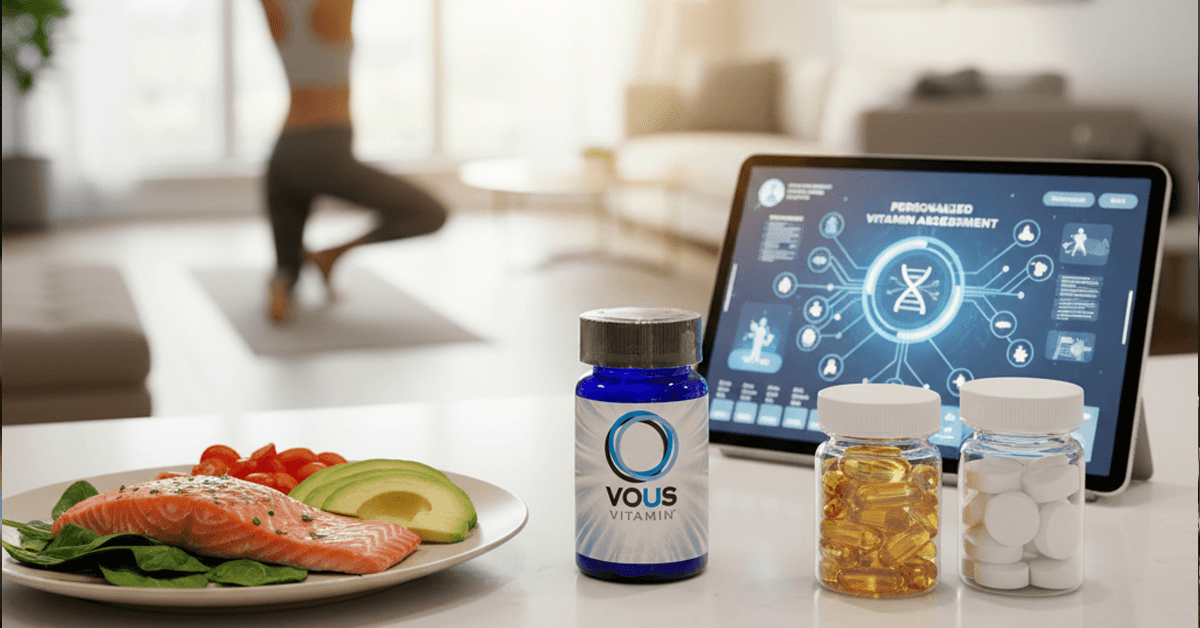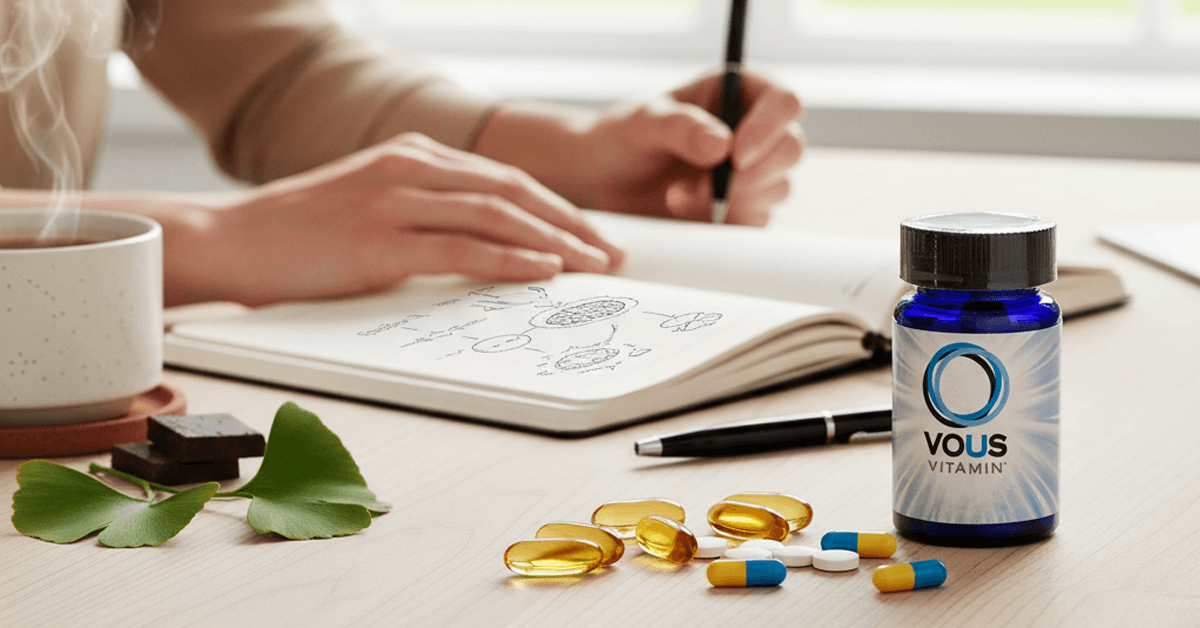

It is tempting to think of bones as fixed, finished products in our body. However, quite the opposite is true. Our bones are constantly remodeling. They contain living cells that continually absorb minerals to replace old, dead cells. In the process, old bone is broken down and new bone is built. This is both good and bad news.
The good news: Because new bone can be built at any time, there are always opportunities to build up your bones. The bad news: Building new bone requires a constant source of the right minerals (namely calcium and phosphorus) to create the new bone.
It is important to understand that there is a continual opposition between bone breakdown and bone growth. Early in our lives, the bone-building forces win out and we gain bone density throughout childhood, adolescence, and young adulthood. Our bone density tends to peak around age thirty-five, and then, as with many other things in our bodies, it’s all downhill from there as the bones slowly start to break down and thin—once a threshold in low bone density is crossed, osteopenia is diagnosed; and when a critical point in low bone density is reached, it is known as osteoporosis. Women’s bone density tends to take a particularly big dive after we hit menopause (because we lose all the estrogen that helps maintain bone density). As this bone breakdown progresses, our bones lose their density (or mineralization) and we become vulnerable to fragility fractures—broken bones related to low bone density and the brittle nature of demineralized bones. The most common such problems are hip fractures, broken wrists, and vertebral fractures (painful compression of the spine bones that can ultimately lead to a loss of height or a humpbacked appearance—think hunched-over old woman).
Fractures due to osteoporosis can be painful, debilitating, and, especially in the case of broken hips, even deadly. Hip fractures are associated with a high short-term and longer-term mortality and are often fraught with complications such as pneumonia and blood clots. In fact, some studies show that women with a hip fracture have twice as high a death rate in the year following the break. For this reason, bone density is a silent killer. Many people do not realize they have osteoporosis until they sustain a fracture. But wait—it’s not really that bad! Even though these bone-breakdown forces dominate as we age, there are still things we can do to delay or slow down the process. So it only makes sense to try to prevent all of this. The more we do earlier in life, the better off we will be as we age. However, intervention at any stage in bone health can make a difference.
Bone health can be addressed with the proper mix of vitamins, but discovering a formula that will work for your specific health and lifestyle profile is difficult. Physicians generally do not spend a lot of time discussing vitamins in an office visit. Very few people have the resources or time to engage a nutritionist in their care. The vitamins aisles are confusing and overwhelming. Therefore, a personalized vitamin survey, which can be taken online, is a good first step to understand your specific vitamin needs. Once assessed, these companies will provide a tailored vitamin regimen that will work for your body and factor in needs around bone health. Rather than playing a game of guesswork in the vitamin aisles, it is more cost effective and efficient to turn to a diagnostic tool to uncover your appropriate vitamin blend. Your bones will benefit from that type of decision-making.


In a world where health should require an individualized approach by each person, generic multivitamins often cannot provide the same nutrients that your body really


For years, people have relied on generic vitamins hoping to fill nutritional gaps. However, what was working just a few decades ago does not suit


The majority of the population buys generic vitamins at the store with the hope that they will meet the nutrient requirements. However, the truth is


As individuals increasingly shift toward proactive health and wellness grounded in data, individualized approaches are sought to draw from, rather than antiquated, generic, one-size-fits-all multivitamins.
| Cookie | Duration | Description |
|---|---|---|
| cookielawinfo-checkbox-analytics | 11 months | This cookie is set by GDPR Cookie Consent plugin. The cookie is used to store the user consent for the cookies in the category "Analytics". |
| cookielawinfo-checkbox-functional | 11 months | The cookie is set by GDPR cookie consent to record the user consent for the cookies in the category "Functional". |
| cookielawinfo-checkbox-necessary | 11 months | This cookie is set by GDPR Cookie Consent plugin. The cookies is used to store the user consent for the cookies in the category "Necessary". |
| cookielawinfo-checkbox-others | 11 months | This cookie is set by GDPR Cookie Consent plugin. The cookie is used to store the user consent for the cookies in the category "Other. |
| cookielawinfo-checkbox-performance | 11 months | This cookie is set by GDPR Cookie Consent plugin. The cookie is used to store the user consent for the cookies in the category "Performance". |
| viewed_cookie_policy | 11 months | The cookie is set by the GDPR Cookie Consent plugin and is used to store whether or not user has consented to the use of cookies. It does not store any personal data. |